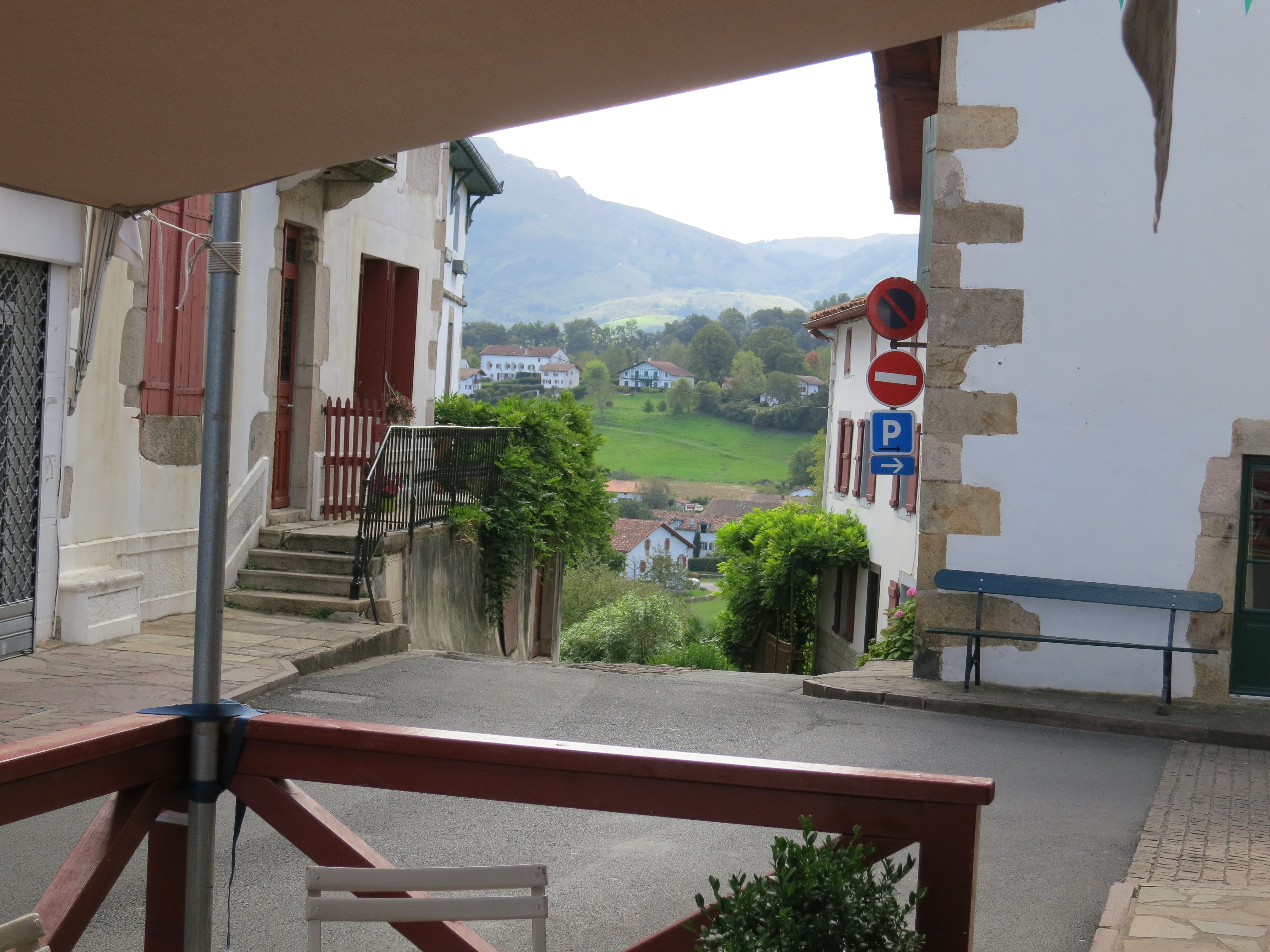
17 Oct TIO FRANCE: WRAPPING IT UP IN BASQUE COUNTRY
Where to stay? Check.
Our post about La Deviniere in Saint-Jean-de-Luz covers that, though we failed to mention a woman named Beatrice, who runs the hotel for Bernard Carrere. Should you call for a reservation, be advised Beatrice speaks only French. But you can email: la deviniere.64@wanadoo.fr
What to do in Saint-Jean-De-Luz? Same post (above) covers the town, its history, what to see and a few places to eat. (But ask Bernard for other suggestions.)
Easy OUTINGS just outside SAINT-JEAN-DE-LUZ?
Check out our post about the wonderful restaurant (and hotel) Ithurria in the town of Ainhoa. We cover the pimento capital of France, Espelette, in the same story. And Clint blogged about two other very special places to see in the true heart of Basque country (as opposed to coastal Basque): Brana for special wines and one of the best eau de vies in the world and the Timbourin family cheese operation, both in the area around the town of Saint-Jean-Pied-de-Port.
But there was more.
SARE:
The afternoon of our very first day in Saint-Jean-de-Luz, we visited the town of Sare and its famous grotto.
Sare lies in the shadow of the Rhune mountains. With over 12 miles (around 20 kilometres) of mountain passages nearby, the town became an important smuggling centre in the wild and wooly days of the corsairs. Today Sare is known for its photogenic town square, dominated (natch!) by the town church and the mayor’s office. Houses built with arcades date from the 17th and 18th centuries. Not to be missed is a guided tour through prehistoric grottos of Leiza. We visited the site after a simple lunch of artisanal ham and cheese on a baguette at Akota, a small restaurant at the top of the street just up from town square (and away from the crowds off the tour buses, who gathered at a larger and more expensive eatery just off the square). We had planned to take the “rock-train” that climbs to the top of the mountain and walk down, but we never made it back to Sare. Next time.
BAYONNE:
Since we had not visited any of the major towns along the Basque coast, we (reluctantly) ventured outside the breathtaking countryside for a visit to the regional capital and port town of Bayonne, which lies at the junction of the Nive and Adour rivers. Bayonne is also a town of chocolate. Conquistadors brought the cacao seed to Spain and secret technique of making hot chocolate became famous throughout the kingdom. Jews in particular became renowned for the manufacture and distribution of chocolate. Forced to flee the Inquisition, they took their trade to southwest France, were Bayonne became the first town to taste the fruits of their labors, and welcomed them with open arms. (Jews ultimately became a major social and financial force in Bayonne.)
The story goes the church did not approve of the new custom because chocolate was through to be not just a health tonic, but also an aphrodisiac (the “devil’s brew”). We learned that history at the newly restored Museum of Basque Culture and the History of Bayonne, the only living museum dedicated exclusively to Basques in France. Through over 2000 works of art and objects displayed in its 20 rooms showcasing farming, architecture, maritime life, economic activities, clothing, furniture, religion, music, dance, sports, art, literature and more, the museum provides an in-depth overview of Basque identity, culture, and traditions. Not to be missed.
(But ask Bernard Carrere to call the curator, whom we met briefly. They are friends and you might be able to get a private tour.)
And while we are on the subject of not to be missed, sharpen your #2s and take note: The moules frites (mussels and fries) we enjoyed for lunch at a no count brasserie off a main drag were delicious. Local mussels are teeny tiny and sweet as sugar. Fries are made from potatoes right off the farm. The salad, including the local (and world famous) Bayonne ham and a cheese, ditto.
Oh, and not just in Bayonne, but throughout the entire region, sample the chocolate. Two of the top makers: Paries and Adam.
CHATEAU D’ABBADIA:
Also a must-see is the Chateau de’Abbadia, which we visited on our last day in the region. Just down the road a piece from La Deviniere on a promontory overlooking the water and near the town of Hendaye, the chateau was the home of a polymath by the name of Antoine d’Abbadia.
Abbadia was an astronomer who spoke 14 languages and was a former president of the French Academy of Sciences (in 1892). Abbadia was half-Basque, half-Irish and entirely in love with Ethiopia, a country he lived in for 11 years. (Abbadia was the first person to draw a map of the country.) The chateau, built between 1864 – 1879, became a mirror of the man, reflecting a mix of science (there is a fantastic observatory) and art, the medieval (neo-Gothic) architecture he admired, plus the exoticism Abbadia was drawn to abroad. The fanciful home was designed primarily by Viollet-Le-Duc, a Gothic Revival architect famous in America for designing the Statue of Liberty. Lovingly restored between 1997– 2007, Chateau d’Abbadia was listed as French historical monument in 1984.
(Next up: A tour of the area around Menerbes in the Louberon, the second home of our Telluride friends Bunny and John Steel.)


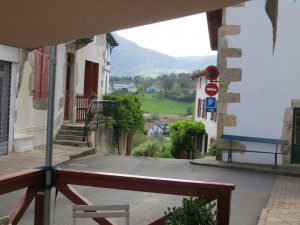
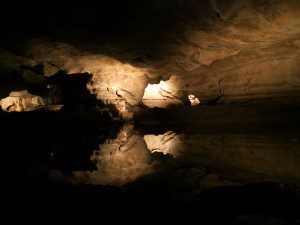
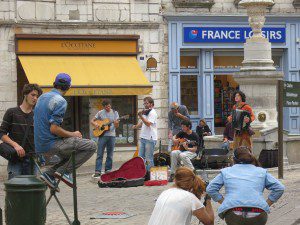
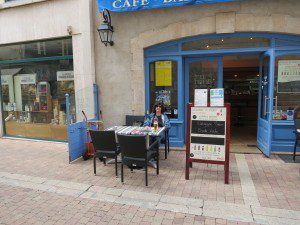
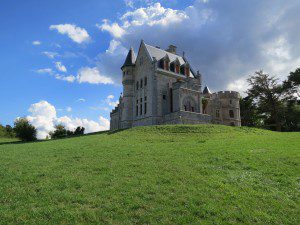
Sorry, the comment form is closed at this time.